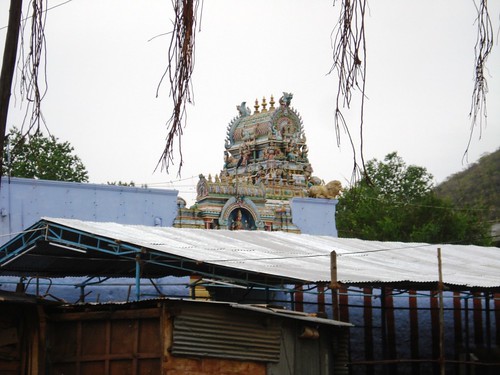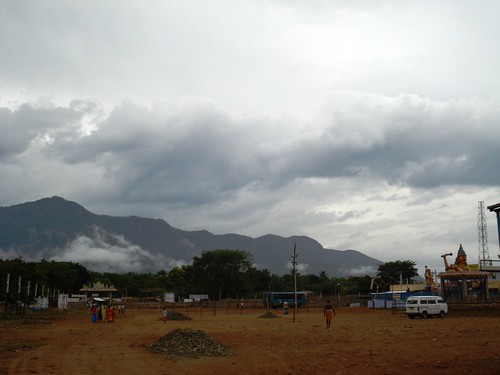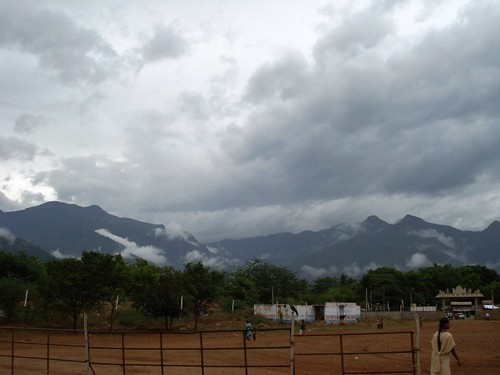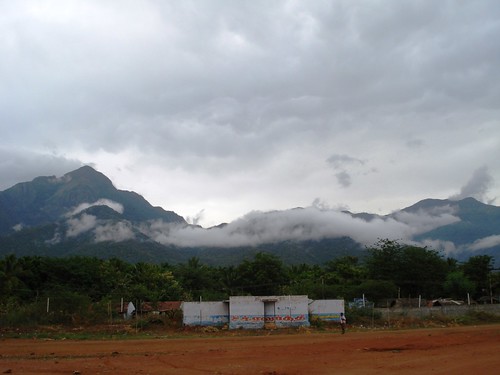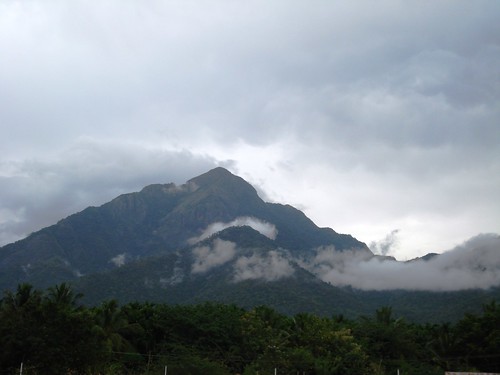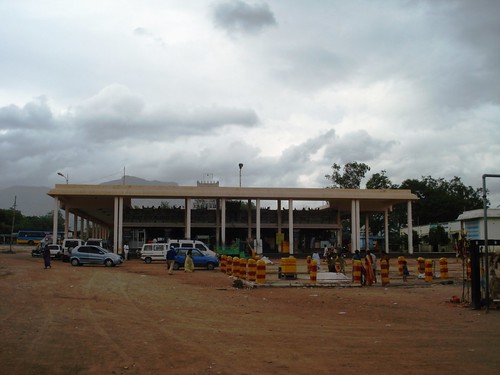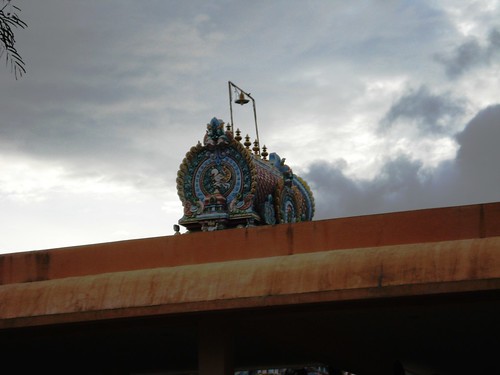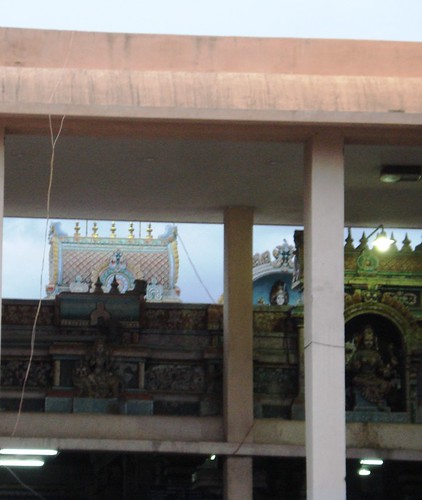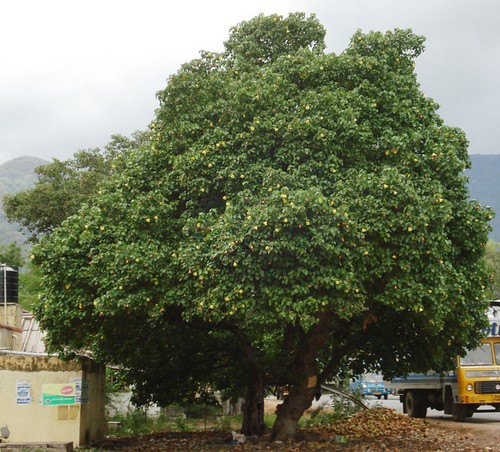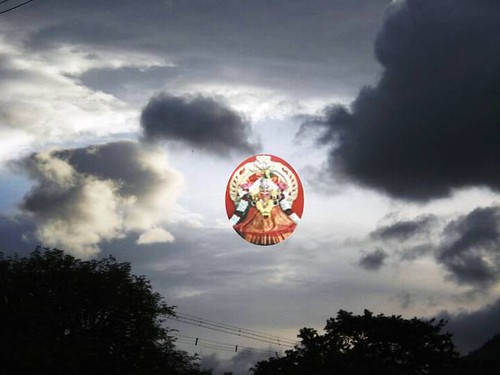




Sri Meenkulathi Bhagavathi Amman Temple is in Pallasena Village, Palakkad District of Kerala. We
visited this during Thai Vellaikkizhamai [1st feb 2008], but posting in the blog before Aadi Vellikkizhamai [1st aug 2008]. The nearest town is Kollengodu. This place can be reached from Coimbatore in three ways... via Pollachi or via Palakkad or direct to Kollengodu after crossing Ettimadai in NH-47 towards Palakkad.
The presiding deity is MEENAKSHI..
The details of the temple as found in the net is as follows :
Meenkulathikkavu is the oldest temple of Pallasena with a mysterious origin. Tradition has it that centuries ago three families belonging to the Veerasaiva Vellalar Mannadiar clan worshipped Goddess Meenakshi as their deity. Acute drought conditions in Chidambaram (Tamil Nadu) drove them to seek greener pastures. Soon after their worship of their destiny in Madurai one of them took a stone from there along with their other possessions. Worshipping their stone as their friend, philosopher and guide, they trekked several places before reaching Pallasena. Enchanted by the sylvan surroundings of the villages they settled there and prospered in the diamond trade. Whenever they went on business, they offered their customary prayers to the family deity. An aged member of their clan as was his wont, went for a dip in the tank, before leaving for Madurai. He left his saleable goods and palm leaf umbrella in the care of two youths. When he came back, he was shocked when he could not lift the things he had left with the youths. An astrologer said that goddess Meenakshi had manifested herself under the umbrella and that was why this umbrella could not be moved. The place came to be known as Kudamannu.
Huge crowds came to the place to witness the miracle. Reports claim that only after four centuries, the present Meenakshi temple and the adjacent temple tank came into being on a four-acre plot. A Thirumandiram stands in testimony of the event. The Mannadiar clan has grown into 110 manais (veedus) and they conduct Navarathri, Pongal and Bhairava festivals with fervor.
A majestic structure in the Kerala style of architecture at the entrance greets the visitor. There are two entrances to the, one in the north and the other in the west. The temple tank is next to the western entrance. It is unique in that the shadow of the wall never falls on the ground. Crossing the imposing dhwajasthambha made of teakwood and covered with copper, the devotee enters the sanctum sanctorum to stand before the divine beauty and the indestructible sublimity radiating from the face of Meenakshi Amman. Devotees are not allowed to ago around the Garbhagriha. Around the main idol, the Saptha maathas or several female deities - Brahmi, Maheswari, Kaumari, Vaishnavai, Indrani, Chamundi and Varahi are installed. There are separate shrines for Ganapathi, Veerabhadra, Durga, Shiva, Bhairava, Brahma Rakshas and Ayyappa. In the adjacent hill called Vamala there are shrines for Muruga, Ganapathi, Siva, and Shasta. Navarathri, Karthigai, Mandala Vilakku, Maasi Thiruvizha, Pallivettai and Bhairava Pooja are the most celebrated events in the temple. The eight-day maasi festival includes Ottamthullal and Kathakali programs depicting scenes from the Ramayana and Mahabharata. It is customary that the deity's sword and lamp are taken in procession by the descendants of the youths who stood guard for the articles and the palm leaf umbrella. Though the Mannadiar clan is given a privileged place in the activities of the temple, members of all communities stand by one another in the conduct of the temple festivals. The unique structure of the temple and its mode of worship have gained immense popularity among the natives of the village. Devotees firmly believe that the bath in the tank (known for its abundant fish) rids one of all chronic ailments.




























